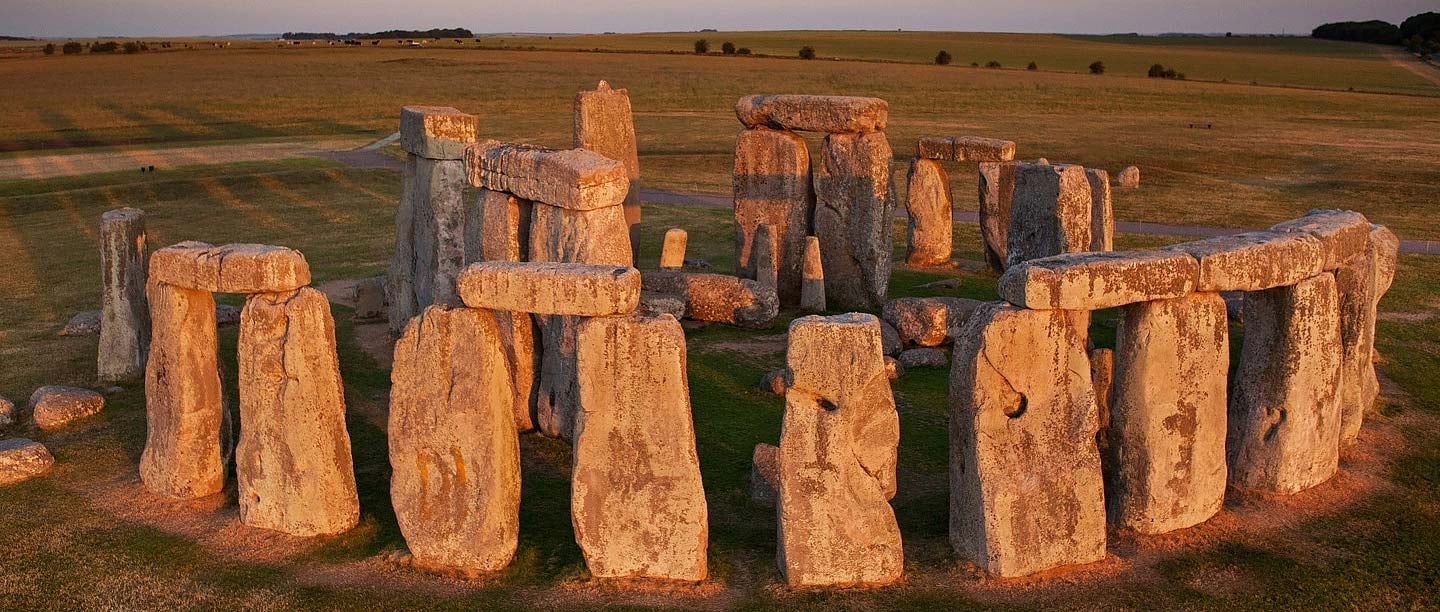Stonehenge, the prehistoric wonder located in the rolling hills of Wiltshire, England, has intrigued historians, archaeologists, and travelers for millennia. Its massive stones, set in a circle, leave one pondering—why did someone build it, who built it, and how did they move these massive stones without machines? After much research, Stonehenge is one of the world's biggest unsolved mysteries.
Origins and Construction
Dating from 3000 BCE, Stonehenge was built in several stages over a span of 1,500 years. The outer circle is made up of sarsen stones, weighing as much as 25 tons, which were brought from Marlborough Downs, 20 miles away. The inner circle, being bluestones, was brought from Preseli Hills in Wales, almost 200 miles away. The transportation of these stones remains a mystery—some theories suggest sleds, rollers, and waterways, while others propose that glaciers may have carried them closer during the Ice Age.
Purpose and Theories
The real function of Stonehenge remains a topic of contention. Some feel that it was a necropolis, considering that human remains from its oldest stages have been found. Some believe it was an astronomical observatory, based on its accurate alignment with the summer and winter solstices. At the summer solstice, the rising sun aligns precisely with the Heel Stone, indicating that it might be utilized to monitor celestial phenomena.
Another fascinating theory is that Stonehenge was a healing complex, with individuals from far-off lands coming to be cured. The bluestones were said to have mystical or medicinal qualities, and the skeletal remains close to the complex indicate disease or injury.
Modern Significance
Although it originated centuries ago, Stonehenge still fascinates the contemporary world. Druids and Pagans hold rituals at the site on solstices, linking current beliefs with past practices. It is still a UNESCO World Heritage Site, attracting millions of tourists every year.
Stonehenge is a monument to human technology and enigma. A possible burial ground, astronomical calendar, or sacred healing center, its mysteries are sealed in history, inviting speculations and awe without end.



Comments
Post a Comment